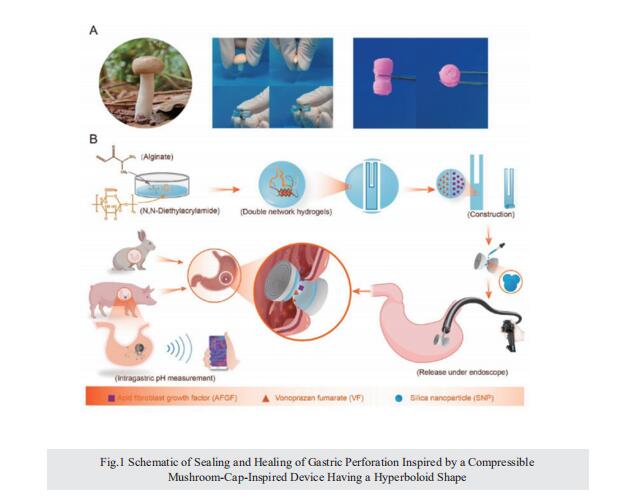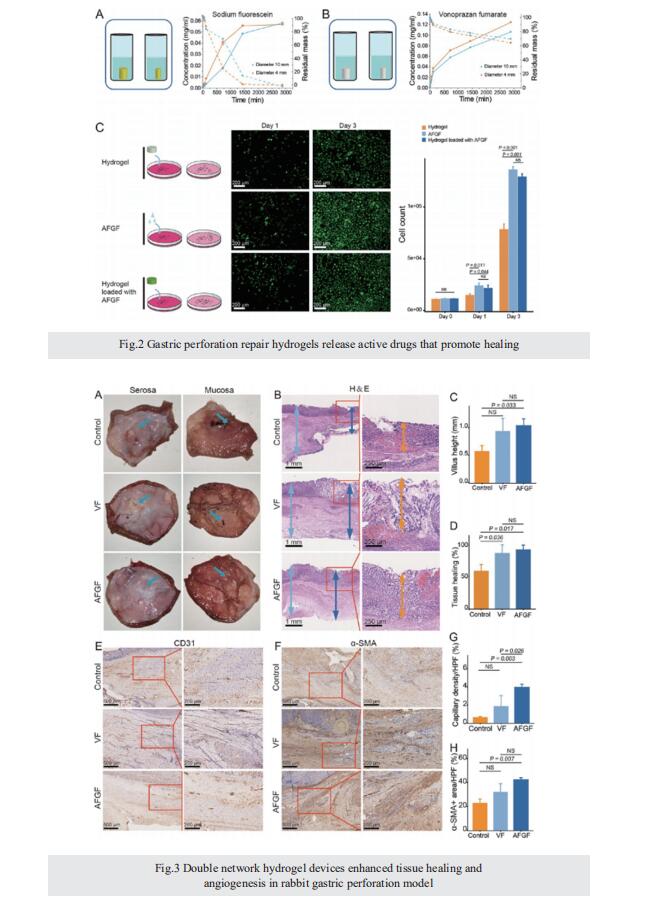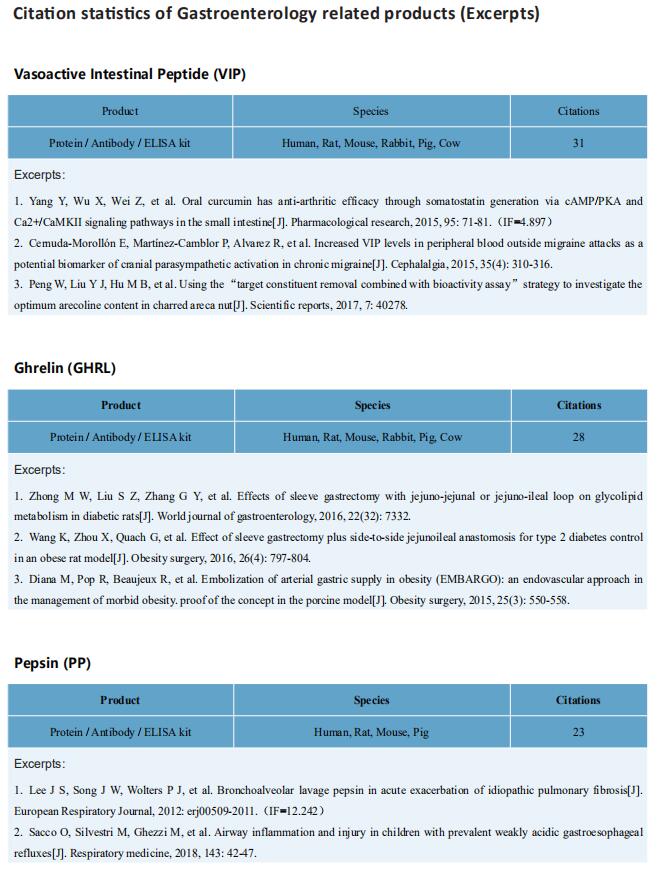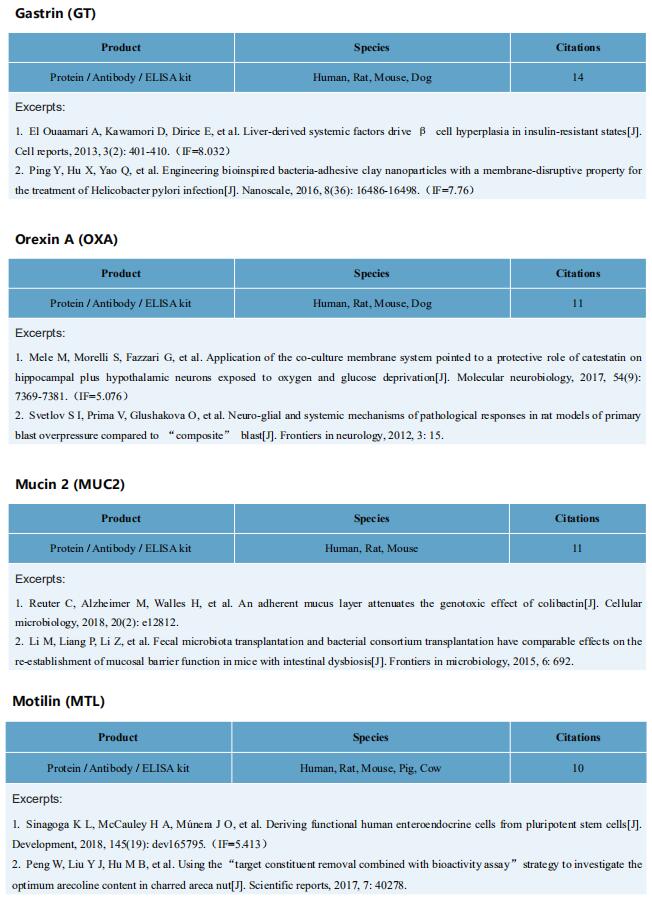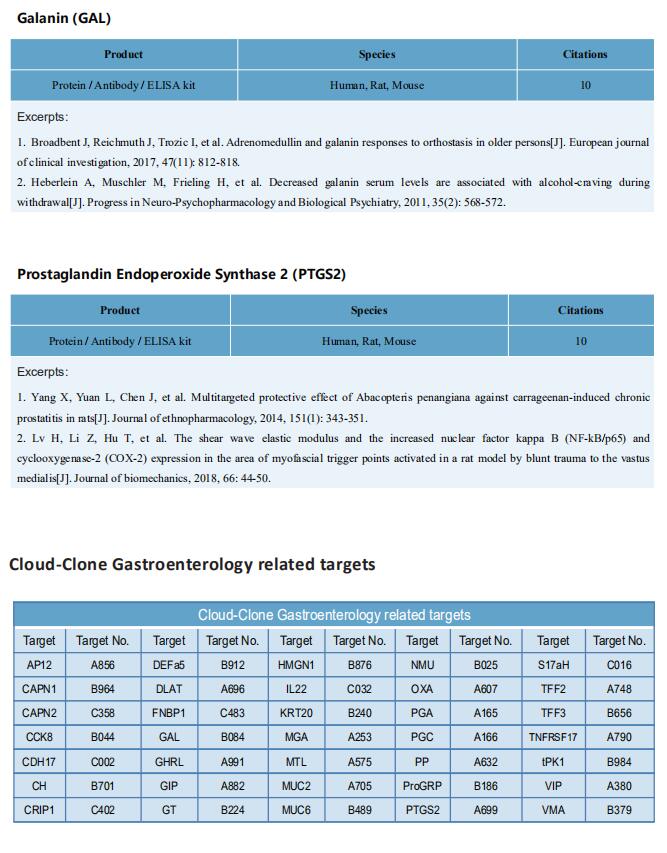Endoscopy Deliverable and Mushroom-Cap-Inspired Hyperboloid-Shaped Drug-Laden Bioadhesive Hydrogel for Stomach Perforation Repair
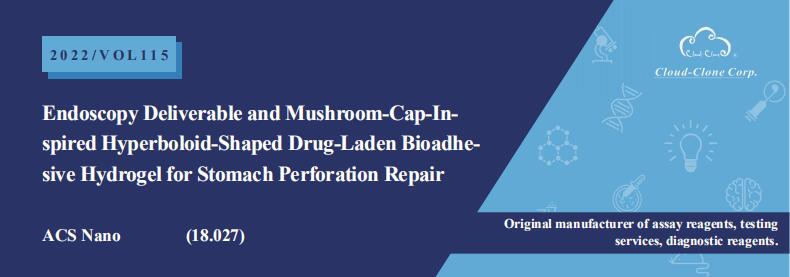
On November 7, 2022, Shiming Yang, Department of Gastroenterology, Xinqiao Hospital, Army Medical University, China, and his team published a paper titled “Endoscopy Deliverable and Mushroom-Cap-Inspired Hyperboloid-Shaped Drug-Laden Bioadhesive Hydrogel for Stomach Perforation Repair” in ACS Nano. They demonstrated that the compressible hyperboloid-shaped gel could stably block the perforation and promoted wound healing during the 28 days of observation.
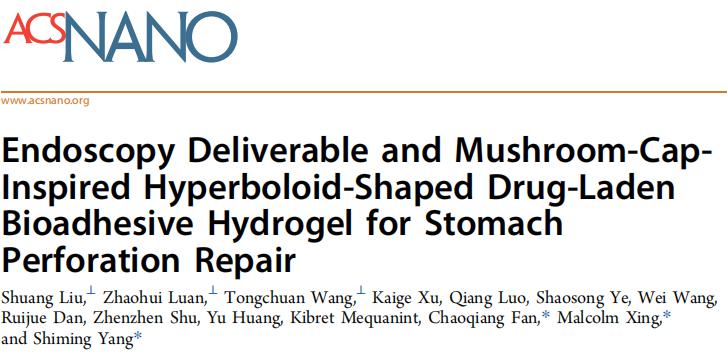
The antibodies [Polyclonal Antibody to Proliferating Cell Nuclear Antigen (PCNA), PAA591Mi01] of Cloud-Clone brand was chosed in this article, we are so proud for supporting the reaserchers.


Gastrointestinal tract perforation is a full-thickness injury that causes bleeding and fatal infection of the peritoneum. This condition worsens in an acidic gastric environment which interferes with the normal coagulation cascade. Current endoscopic clips to repair gastric perforations are ineffective, and metal or plastic occluders need secondary surgery to remove them. Herein, we report a self-expandable, endoscopy deliverable, adhesive hydrogel to block gastric perforation. We found the nanosilica coating significantly enhanced the adhesive strength even under a simulated strong acidic stomach environment. The developed device was disulfide cross-linked for the reducible degraded gel. By loading with vonoprazan fumarate (VF) and acidic fibroblast growth factor (AFGF), the hyperboloid-shaped device can have a sustained drug release to regulate intragastric pH and promote wound healing. The gel device can be compressed and then expanded like a mushroom when applied in an acute gastric perforation model in both rabbits and minipigs. By utilizing a stomach capsule robot for remotely monitoring the pH and by immunohistochemical analysis, we demonstrated that the compressible hyperboloid-shaped gel could stably block the perforation and promoted wound healing during the 28 days of observation. The real-time pH meter demonstrated that the gel could control intragastric pH above 4 for nearly 60 h to prevent bleeding.
